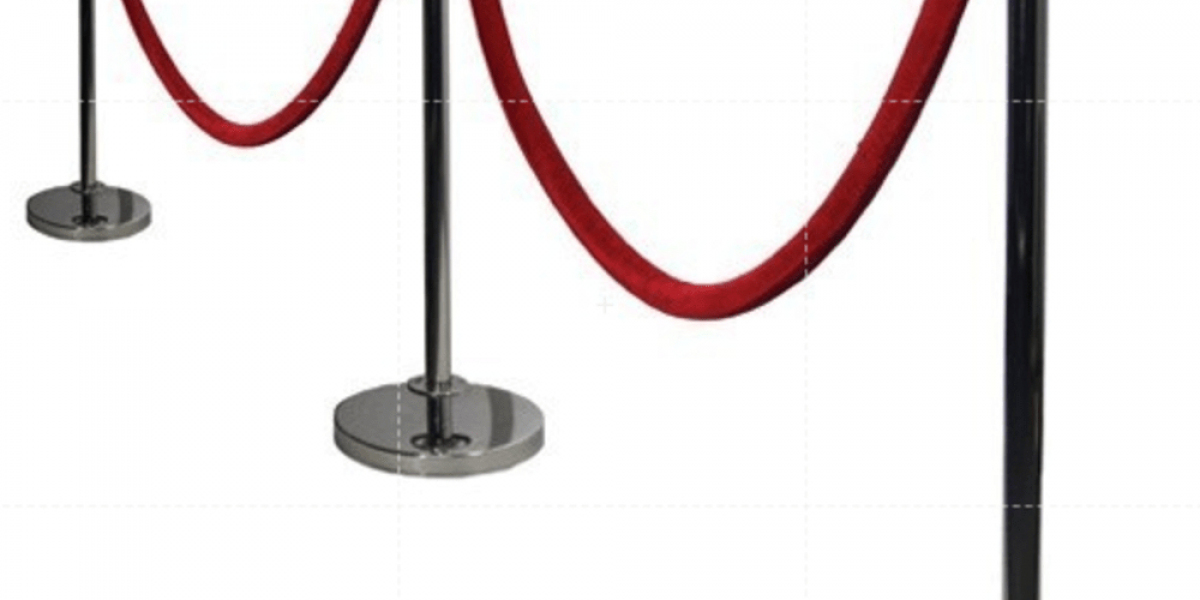In the realm of signage, the debate between floor standing stanchion signs and wall-mounted signs has gained significant traction among businesses and organizations. Each option comes with its own set of advantages and disadvantages, making it essential for decision-makers to assess their specific needs and contexts. This article aims to provide a comprehensive comparison of floor standing stanchion signs and wall-mounted signs, examining aspects such as visibility, versatility, installation, and cost-effectiveness. By the end, readers will be better equipped to make an informed choice regarding their signage needs.
Understanding the Basics
Floor standing stanchion signs often consist of a post with a sign attached at eye level, supported by a stable base. These signs are typically used in high-traffic areas such as malls, airports, and trade shows, where they can easily capture the attention of passersby. On the other hand, wall-mounted signs are affixed directly to a wall or other vertical surfaces, providing a more permanent solution for directional, informational, or promotional purposes. Understanding the basic functionalities and typical uses of each type of sign is crucial for determining which might serve a particular purpose better.
Visibility and Attention-Grabbing Ability
One of the most critical factors in determining the effectiveness of signage is visibility. Floor standing stanchion signs are generally more eye-catching due to their height and prominence in a three-dimensional space. According to a study by the Sign Research Foundation, well-placed free-standing signs can increase brand awareness by up to 50%. Their placement in walkways or crowded areas allows them to stand out and attract attention more effectively than wall-mounted signs, which can be easily overlooked, especially in busy environments.
Versatility and Flexibility
When it comes to versatility, floor standing stanchion signs have a distinct advantage. These signs can be easily moved and repositioned, allowing for quick adjustments based on changing needs or foot traffic patterns. For instance, during events or seasonal promotions, businesses can relocate stanchion signs to areas where they will be most effective. In contrast, wall-mounted signs are static and require more effort to relocate. This lack of flexibility can be a drawback in environments that experience frequent layout changes or events.
Installation and Maintenance
Installation processes differ significantly between floor standing and wall-mounted signs. Floor standing stanchion signs are generally straightforward to set up, often requiring no tools or specialized skills. Users can simply place them in the desired location. Wall-mounted signs, however, may require drilling, anchors, and other tools for secure installation, making them more labor-intensive. Furthermore, wall-mounted signs can be challenging to maintain, especially if they are positioned at a height that requires ladders or scaffolding for cleaning or replacement. In contrast, floor standing signs can be easily cleaned or replaced without much hassle.
Cost Considerations
Budget is a significant factor when deciding on signage options. Generally, floor standing stanchion signs may have a higher initial investment compared to basic wall-mounted signs, especially if the latter consist of simple vinyl decals. However, the versatility and reusability of stanchion signs can justify the cost over time. For instance, businesses can modify the graphics on a stanchion sign for different campaigns rather than purchasing new wall-mounted signs for each event. Ultimately, the choice may come down to evaluating the return on investment and the specific needs of the organization or event.
Branding and Aesthetics
In terms of branding, both floor standing stanchion signs and wall-mounted signs have their merits. Floor standing signs can serve as dynamic advertising platforms, allowing brands to showcase their logos and messages in a visually appealing way that engages customers. Moreover, they can be designed to match seasonal themes or special promotions. Wall-mounted signs, on the other hand, tend to provide a more permanent and professional appearance. They can be designed to blend seamlessly with the architecture of a space, creating a cohesive brand experience. Ultimately, the choice between the two will depend on the specific branding goals of the organization.
Situational Use Cases
Different environments may favor one type of sign over the other. For instance, in a busy retail environment, floor standing stanchion signs can be strategically placed to guide customers and promote special offers at various locations throughout the store. Conversely, in an office setting, wall-mounted signs can effectively communicate company values, directions, or policies without cluttering the floor space. Understanding the situational context is crucial for maximizing the impact of signage and ensuring that it aligns with organizational objectives.
Legal and Regulatory Considerations
In certain situations, legal and regulatory requirements dictate the type of signage that can be used. For example, building codes may specify that certain information, such as exit signs, must be wall-mounted for visibility and compliance. Additionally, outdoor signs may face restrictions based on local zoning laws. Businesses must be aware of these regulations to avoid potential fines or legal issues. In such cases, the choice between floor standing stanchion signs and wall-mounted signs may not solely be based on preference but also on adherence to necessary guidelines.
Conclusion: Making the Right Choice
In conclusion, both floor standing stanchion signs and wall-mounted signs have their unique advantages and disadvantages. Choosing the right option depends on a variety of factors, including visibility, flexibility, installation, cost, branding, situational use, and regulatory considerations. Organizations should carefully evaluate their specific needs and contexts to make an informed decision. Ultimately, the right signage can significantly enhance communication and engagement with an audience, making it an investment worth considering.









